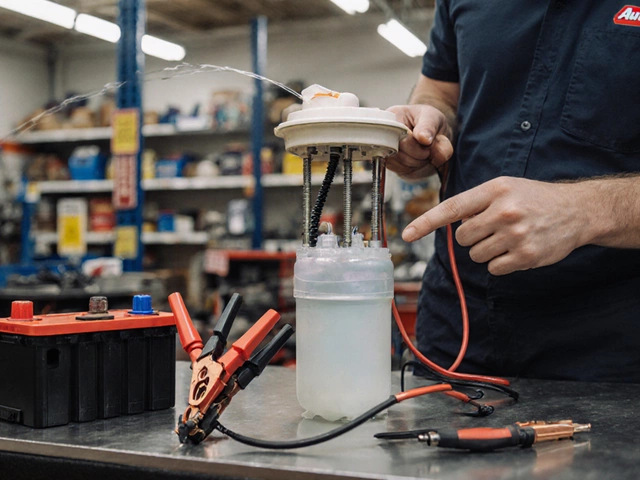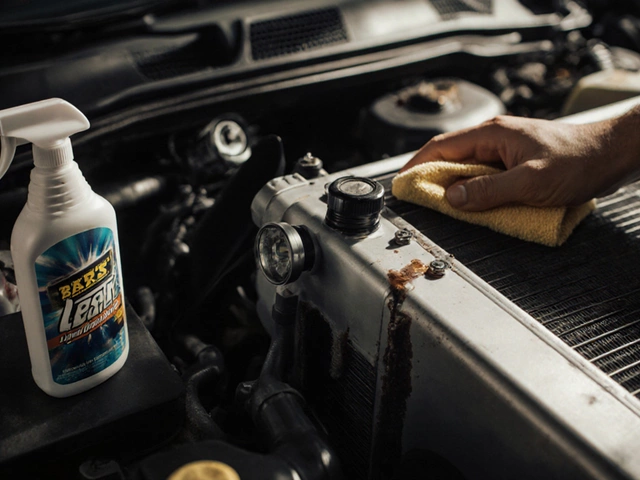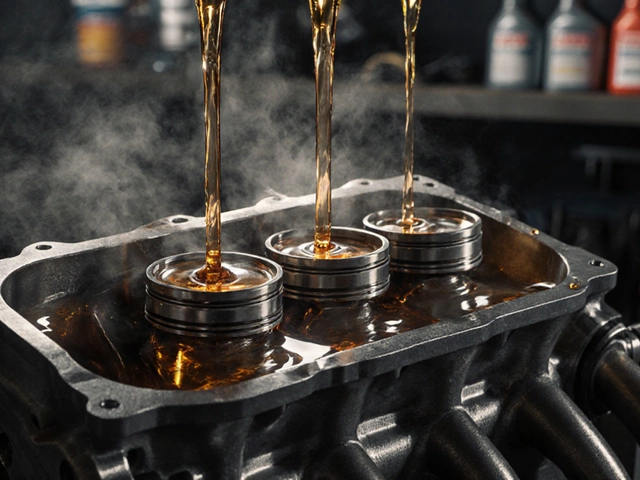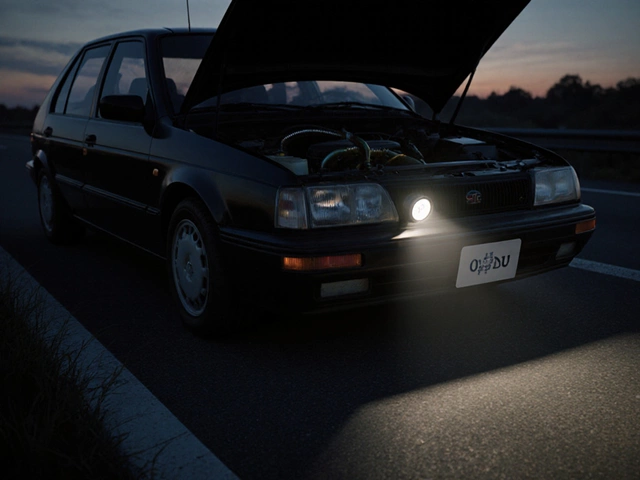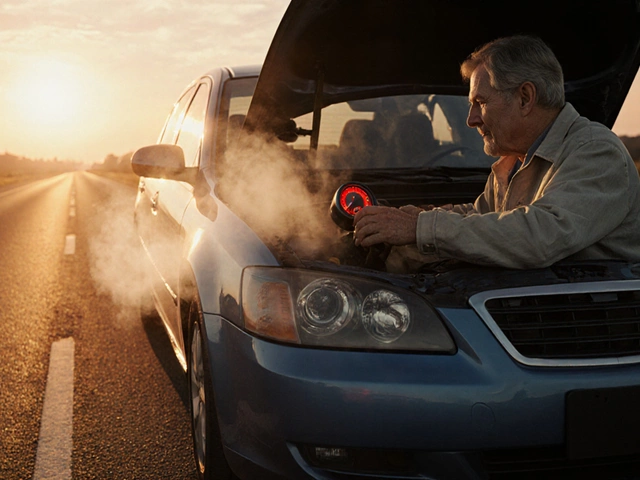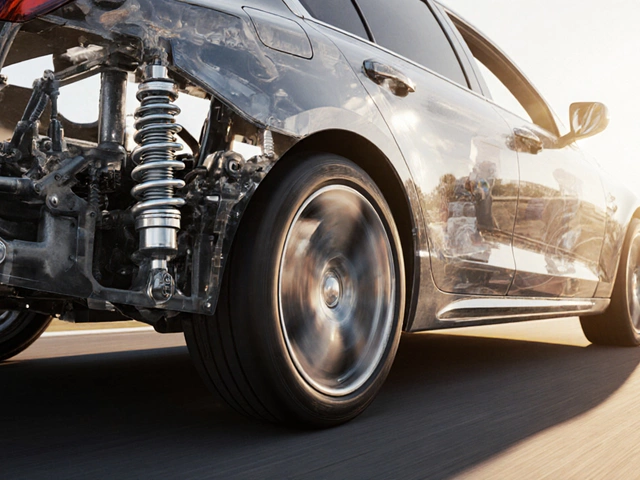Engine Oil Degradation
When working with engine oil degradation, the gradual loss of lubricant effectiveness caused by heat, oxidation, and contaminants. Also known as oil breakdown, it engine oil degradation can turn fresh oil into a gritty slurry that no longer protects moving parts. The process encompasses chemical breakdown, loss of viscosity, and the mixing of combustion by‑products. Ignoring it means your engine works harder, wears faster, and eventually faces costly repairs.
Key Factors That Accelerate Engine Oil Degradation
One of the biggest triggers is the oil change interval, the mileage or time recommended between full oil replacements. Extend that interval too far, and you give heat and particles more time to poison the oil. Another culprit is engine sludge, a thick, dark deposit that forms when oil oxidizes and traps dirt. Sludge clogs oil passages, raises internal temperatures, and speeds up wear. Regular oil analysis, a lab test that checks viscosity, contamination levels, and additive health requires you to sample the oil at set intervals; the results tell you whether degradation is happening faster than expected. Low oil pressure, often a symptom of thickened oil or clogged filters, also signals that degradation is out of control. By tracking these attributes—interval length, sludge presence, analysis results, and pressure readings—you can predict when the oil will stop doing its job.
Putting the pieces together, we see that engine oil degradation requires proactive maintenance: stick to the manufacturer’s change schedule, watch for sludge buildup, and get an oil analysis at least once a year. When you keep the oil fresh, you preserve viscosity, protect seals, and avoid the expensive cascade of engine repairs. Below you’ll find articles that break down each factor, show you how to read oil test reports, explain why certain oil grades last longer, and offer step‑by‑step guides for diagnosing low pressure. Armed with this knowledge, you’ll be able to spot the first warning signs and act before your engine pays the price.
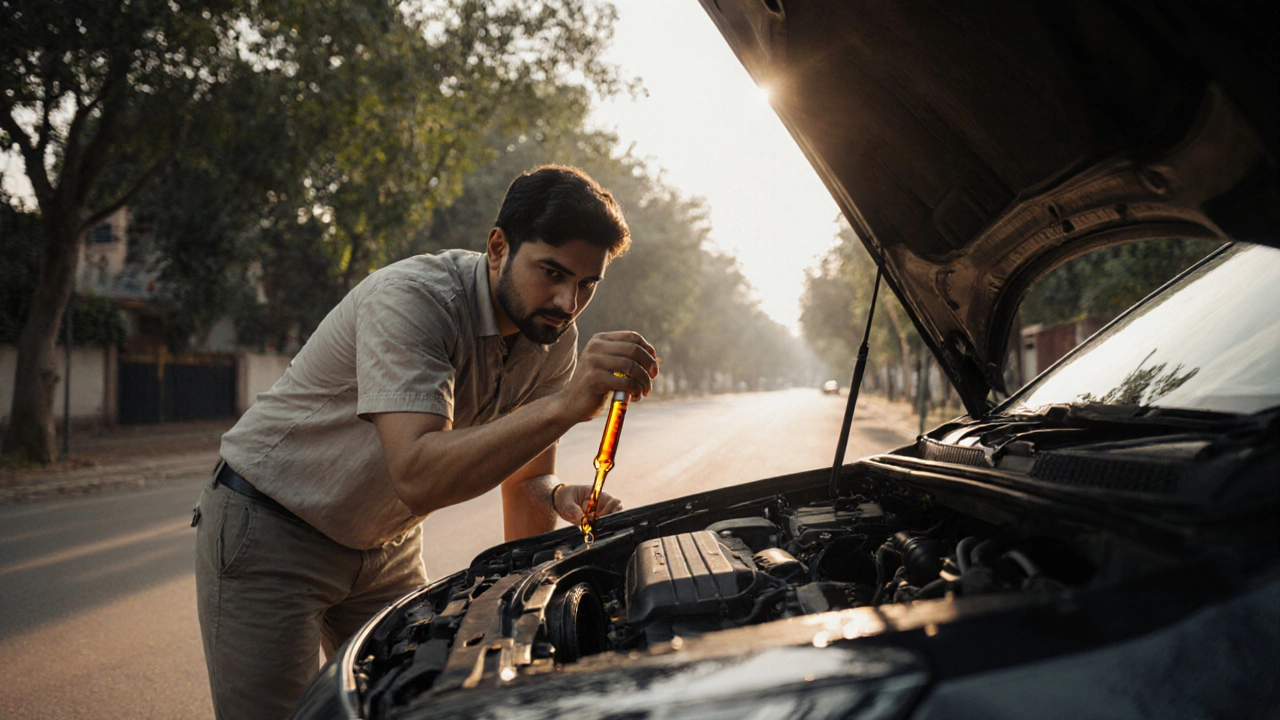
Can You Skip Oil Changes? Changing Oil Once a Year with Low Mileage Explained
Learn if an annual oil change is safe for low‑mileage cars, how oil type, driving conditions, and filter replacement affect the decision, and get a step‑by‑step checklist.
CONTINUE READING